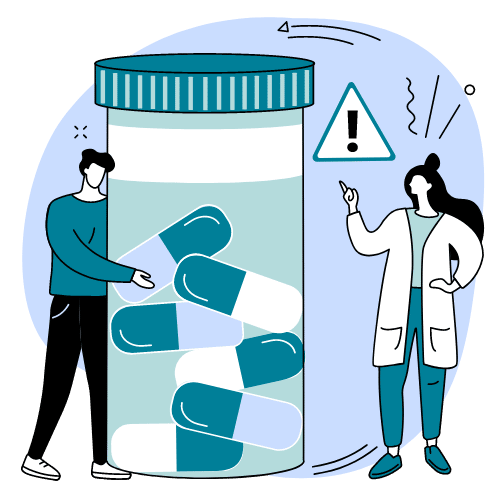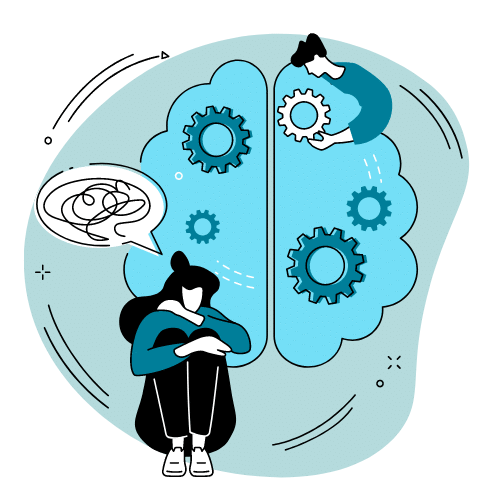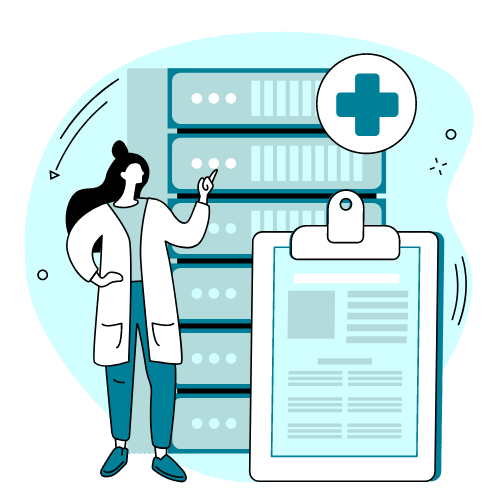Doctors prescribe tramadol, an opioid medication, to treat moderate to moderately severe pain. Pharmaceutical companies sell it under the brand names Ultram, Ultram ER, Conzip, and also as generics. While experts consider tramadol less habit-forming than other opioids, prolonged use still poses a risk of dependence and addiction.
If you or a loved one takes tramadol, understanding how long the drug remains in the body and how various drug tests detect it is important. This article will explain the effects of tramadol, typical detection windows, factors that influence how long it stays in your system, and how to get help if you struggle with tramadol addiction.
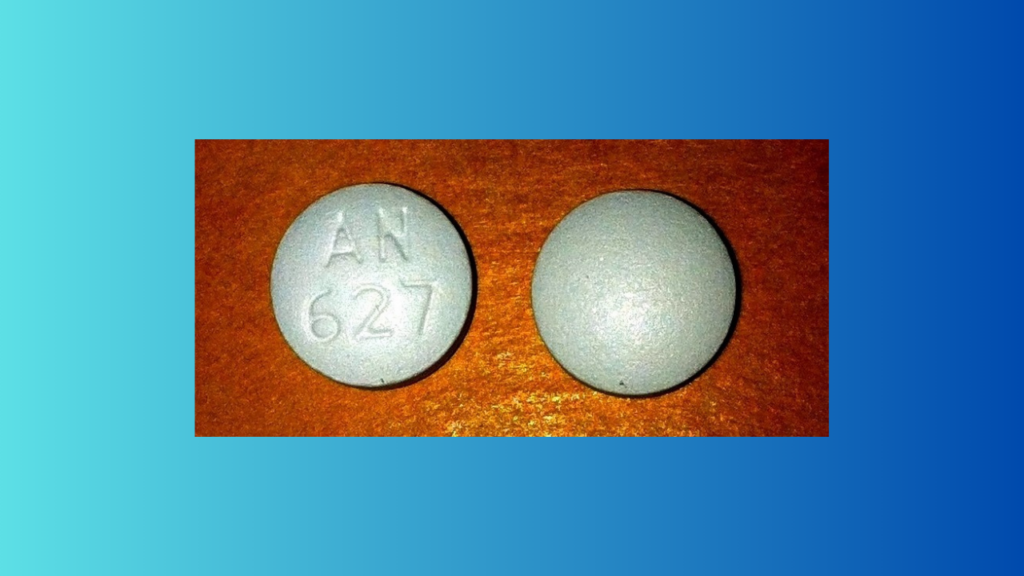
What Is Tramadol and How Does It Work?
Tramadol is a synthetic opioid that activates opioid receptors in the brain, reducing the perception of pain. It also inhibits the reuptake of serotonin and norepinephrine, leading to mood-elevating effects. Doctors prescribe tramadol to treat pain from surgery, injuries, and chronic conditions like fibromyalgia. It comes in immediate-release tablets and as extended-release capsules and tablets.
The effects of tramadol are felt within an hour of oral ingestion and peak in 2-4 hours. Pain-relieving effects last 4-6 hours per dose. An extended-release dose may provide pain relief for up to 24 hours. Side effects can include dizziness, sedation, nausea, constipation, sweating, and itchiness.
How Is Tramadol Metabolized?
When you swallow a tramadol tablet, your liver breaks down about 70% of the dose using enzymes called cytochrome P450. This process changes tramadol into several byproducts, with the most important one being O-desmethyltramadol (M1). M1 attaches more strongly to the μ-opioid receptor (a part of the nervous system that reduces pain) than tramadol does, so it plays a significant role in relieving pain.
Your kidneys remove tramadol and its byproducts from your body through urine. This removal happens in two stages. In the first stage, which lasts about 6 hours, your body gets rid of half of the tramadol dose. In the second stage, which lasts around 11 hours, your body removes the remaining half. Because tramadol leaves your body in two stages instead of just one, it can be detected in your system for a longer time compared to many other drugs.
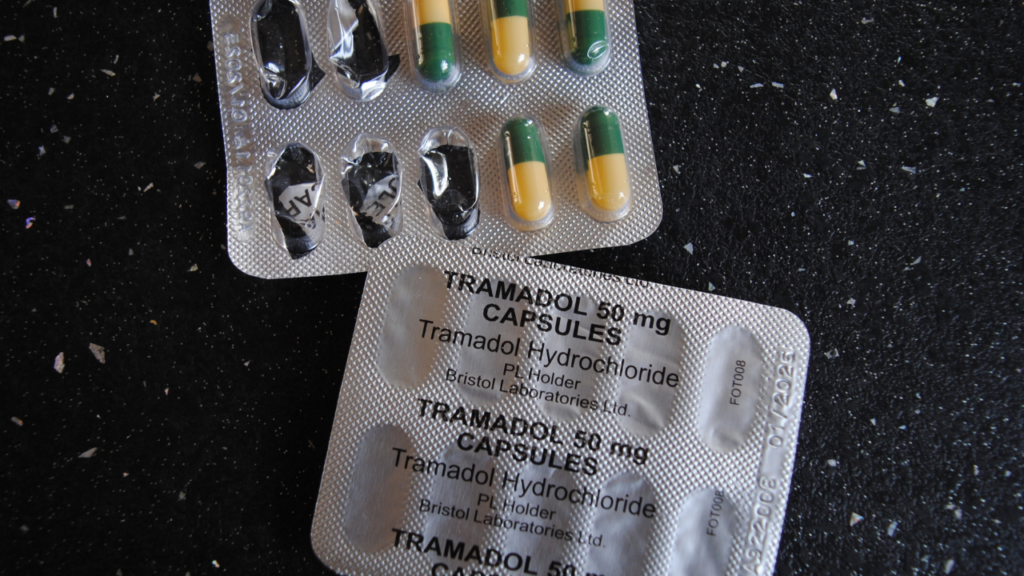
How Long Does Tramadol Stay in Your System?
The amount of time tramadol remains detectable in the body depends on several factors:
- Metabolism: People metabolize drugs at different rates based on their age, weight, genetics, and liver and kidney function. Slower metabolizers will have longer detection times. The activity of the CYP2D6 enzyme, which is involved in tramadol metabolism, can vary significantly from person to person.
- Dosage: Higher doses of tramadol lead to longer clearance times as it takes the body more time to process and eliminate the drug. Doses of tramadol range from 50mg to 100mg every 4-6 hours as needed for pain. Extended-release formulations are taken once daily in doses of 100mg, 200mg, or 300mg.
- Frequency of use: Taking tramadol habitually will cause it to build up in your system, extending the detection period. Infrequent users will have shorter clearance times.
- Individual health: Medical conditions affecting the liver, kidneys, and metabolism can influence how quickly tramadol is eliminated. People with impaired hepatic or renal function may take longer to clear the drug.
In general, tramadol has an elimination half-life of 6.3 hours, meaning this is the amount of time it takes for half of the ingested dose to clear the body. However, it can take about five half-lives for tramadol to be fully eliminated from your system.
Detection Times by Drug Test
Tramadol can be detected by screening tests like those done by employers, addiction treatment programs, healthcare providers and law enforcement. The detection windows vary based on the sample type:
- Urine: 1-4 days
- Blood: 12-24 hours
- Saliva: Up to 48 hours
- Hair: Up to 90 days
Keep in mind that these are estimates and detection times may be longer for chronic users. If you are concerned you will fail a drug test, it’s important to share this concern with your treatment provider. They can help you navigate the issue confidentially.
Dependence and Withdrawal
Tramadol is considered a lower-risk opioid, but dependence and addiction can still develop, especially with chronic use. Dependence means that your brain has adapted to the presence of tramadol and relies on it to function normally. If you try to quit “cold turkey,” it can lead to unpleasant withdrawal symptoms such as:
- Flu-like symptoms (nausea, vomiting, diarrhea, sweating, fever, chills)
- Anxiety and restlessness
- Insomnia
- Body aches
- Tremors
- Drug cravings
A taper schedule can help you wean off tramadol gradually and minimize withdrawal. However, dependence often co-occurs with addiction, a pattern of compulsive use despite harm to one’s health, relationships, and daily functioning. In these cases, professional addiction treatment is recommended.
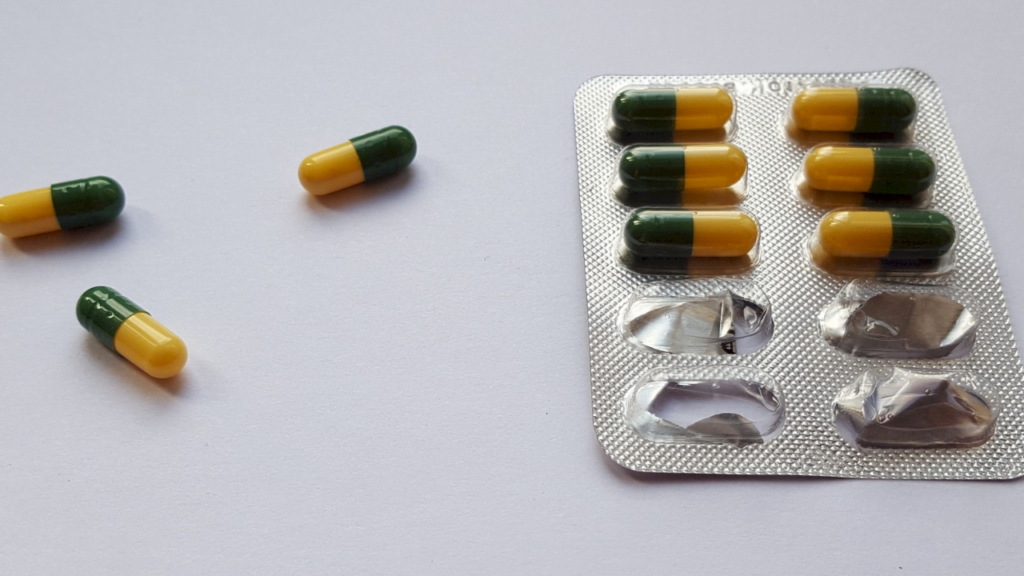
Signs of Tramadol Addiction
Tramadol addiction is an opioid use disorder marked by:
- Taking larger doses of tramadol than prescribed
- Spending excess time obtaining and using tramadol
- Experiencing strong cravings for tramadol
- Being unable to cut down or stop using tramadol
- Experiencing relationship conflict and poor work performance related to tramadol use
- Continuing to use tramadol despite physical or psychological problems caused by it
- Giving up previously enjoyed activities to use tramadol
If you recognize these signs in yourself or a loved one, it may be time to seek help. Addiction is a treatable condition and recovery is possible with proper support.
Recovering from Tramadol Addiction
If you find yourself unable to control your tramadol use despite negative consequences to your health and wellbeing, you may be struggling with addiction. Tramadol addiction is a progressive condition that tends to get worse over time. Professional treatment greatly increases your chances of a successful recovery.
At Swift River, we understand how difficult it is to break free from addiction to prescription opioids like tramadol. Our clinicians are experienced in treating opioid use disorders using evidence-based approaches like medication-assisted treatment, cognitive-behavioral therapy, and relapse prevention training. We provide a full continuum of care, from medically supervised detox to residential treatment to outpatient and aftercare services.
During detox, medications like buprenorphine can help alleviate withdrawal symptoms and reduce cravings. Behavioral therapy helps you identify triggers, improve coping skills, and address any co-occurring mental health issues that fuel the addiction. Relapse prevention planning equips you to navigate high-risk situations and sustain your recovery.
If you are ready to reclaim your life from tramadol addiction, we are here to help. Call Swift River at 413-570-9698 to learn more about our treatment programs and take the first step toward lasting recovery. Our admissions navigators are available 24/7 to answer your questions, verify your insurance coverage, and get you started on the path to healing.


